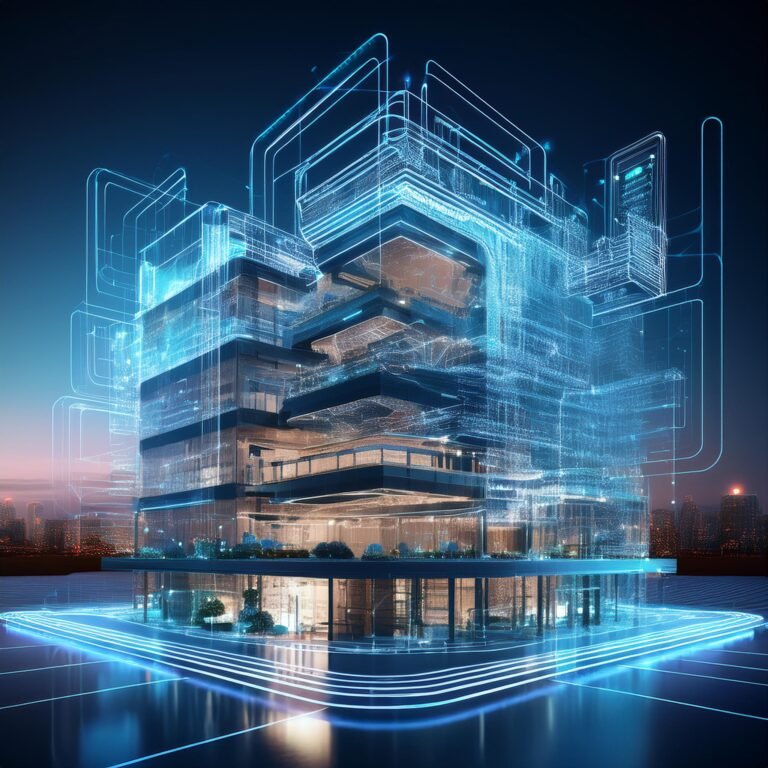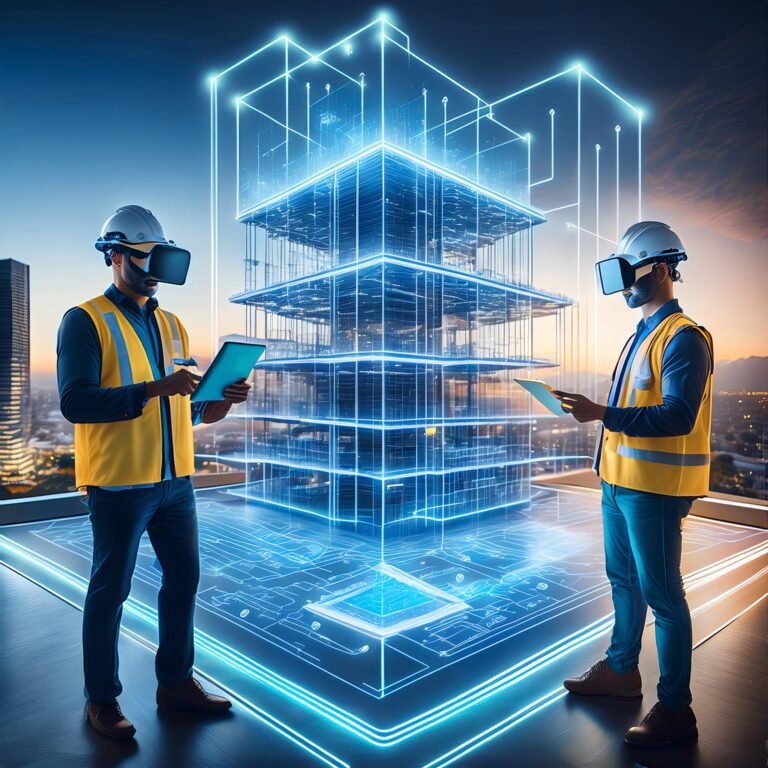What Is Building Information Modeling (BIM) and Why Is It Revolutionizing Construction?
gibrielw@gmail.com
December 3, 2024

Building Information Modeling (BIM) is one phrase that is creating a lot of attention in the constantly changing construction industry. However, what is BIM and why is it changing the building sector? velit.
🏗️ What Is Building Information Modeling (BIM)?

Fundamentally, Building Information Modeling (BIM) is a digital procedure that entails constructing and overseeing a three-dimensional (3D) model of a construction or infrastructure undertaking. Throughout a project’s whole lifecycle, from conceptual design to building to final demolition, this model acts as a common knowledge base. BIM is more than simply 3D visualization; it’s about data-rich models that give stakeholders comprehensive details about the building’s systems, materials, and dimensions, enabling them to make smarter decisions.
BIM offers a collaborative platform that links architects, engineers, contractors, and other professionals, in contrast to traditional approaches where blueprints or 2D drawings serve as the main means of communication. This guarantees that everyone uses the same data, which lowers mistakes and misunderstandings and eventually produces more effective project results.
🕰️ The History of BIM

BIM’s inception began in the early 1970s. The concept of digital modeling in architecture was the starting point, but it didn’t start to take shape until the 1980s. Dr. Charles Eastman, a professor at Georgia Tech, is credited with coining the term “Building Information Modeling” in the 1990s. His goal was to create a computer model that could replicate a building’s structural and operational features.
BIM developed from basic 3D modeling software to a highly intricate, data-driven procedure as technology progressed. BIM gained popularity in the 2000s thanks to programs like Autodesk Revit and Graphisoft ArchiCAD, which made it possible for a wider range of experts to use the technique. BIM is now a global industry standard used for anything from large buildings to residential houses.
🚀 Why Is BIM Revolutionizing Construction?

In a number of significant ways, BIM is transforming the building sector:
- Improve Collaboration: All project participants can collaborate on the same model using BIM, which improves coordination and reduces miscommunication. Real-time modifications are visible to engineers, architects, contractors, and clients, enabling them to make better judgments.
- Cost and Time Saving: More precise project planning is made possible with BIM, which lowers the possibility of mistakes that cause expensive delays. Simulating construction workflows and identifying possible problems early on reduces rework and improves scheduling.
- Enhance Visualization: Before construction even starts, stakeholders can see a project thanks to the 3D models made by BIM. Better comprehension, fewer design mistakes, and increased client satisfaction result from this.
- Sustainability: By modeling different environmental elements like energy usage, lighting, and ventilation, BIM aids in the design of energy-efficient buildings. This leads to lower operating costs and greener structures.
- Better Facility Management: After construction is complete, BIM keeps adding value while the building is in use. Numerous building system data points are included in the model, which can be utilized for upkeep, repairs, and upcoming remodeling.
🏆 Conclusion
Building Information Modeling (BIM) is a paradigm shift in the way we approach construction projects, not just a technical advancement. BIM enables stakeholders to work together more efficiently, make wiser decisions, and finish projects more quickly and affordably by fusing digital models with rich data. Whether you’re a customer, contractor, engineer, or architect, using BIM may revolutionize the production of sustainable, high-quality structures.


BIM is revolutionizing the construction industry by integrating advanced digital models with comprehensive data. This approach enhances collaboration among architects, engineers, and contractors, reducing errors and improving efficiency. The concept, which originated in the 1970s, has evolved significantly, thanks to pioneers like Dr. Charles Eastman. BIM not only streamlines project management but also ensures better decision-making throughout the project lifecycle. How does BIM specifically improve cost and time efficiency in large-scale projects? WordAiApi